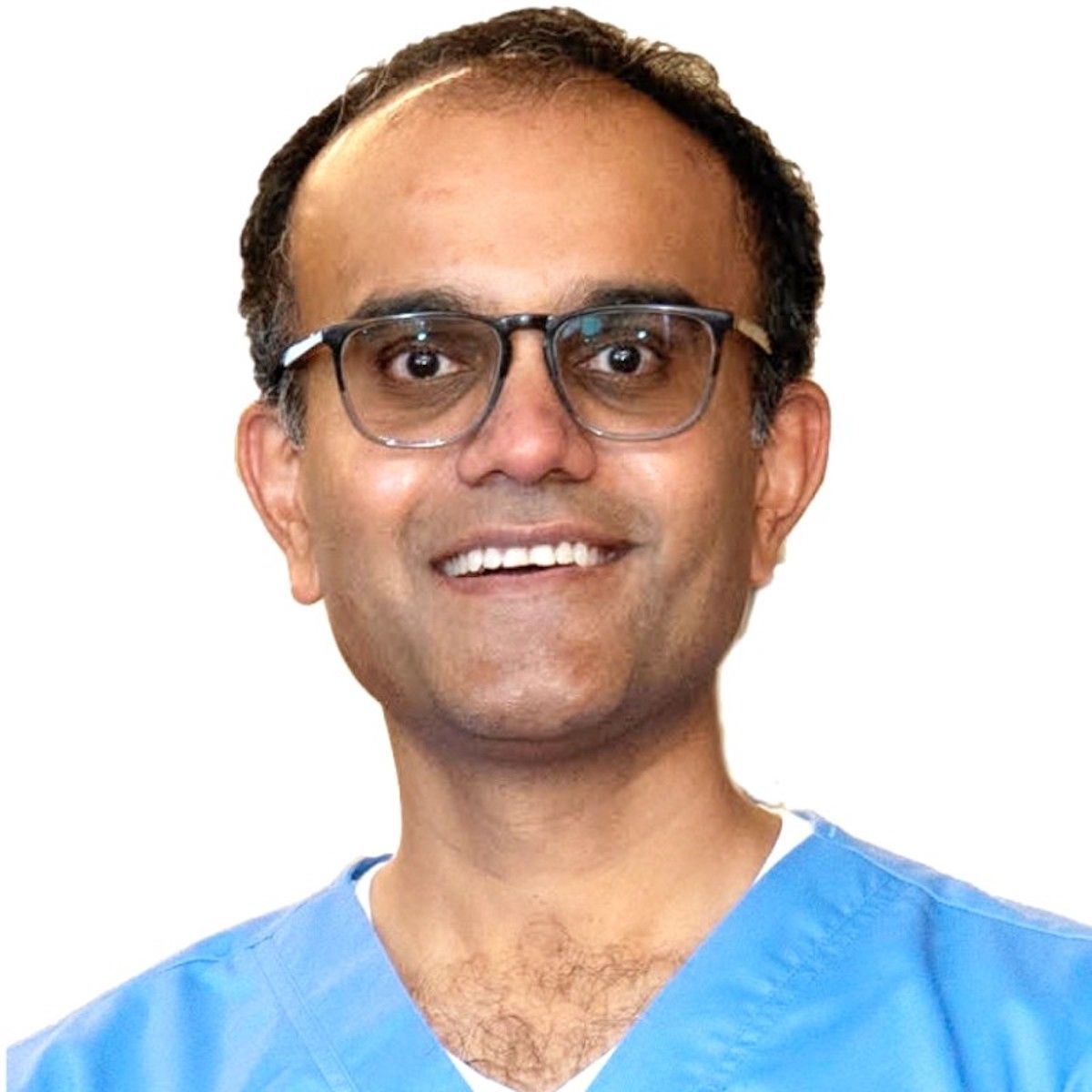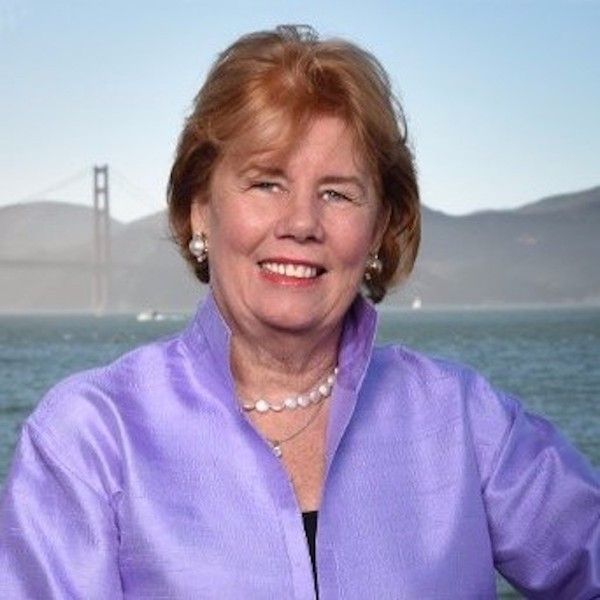As a nation, we've made tremendous strides in addressing gender imbalances across various professions. The push for women in science, technology, engineering and math, known as STEM, has yielded remarkable results. Women now earn 40% more bachelor's and postgraduate degrees than men at American universities. In 2020, every law review at the top 16 law schools had a female editor-in-chief. These are remarkable achievements that should be celebrated.
However, as we celebrate these necessary advances, we're overlooking an equally critical issue: the growing shortage of men across health care professions.
At the Longevity Venture Summit, America’s largest longevity conference, we discussed how the shortfall of male participation in health care threatens our ability to care for the aging population. The health care workforce is experiencing a critical shortage, reflecting a broader trend that could portend a disaster for our aging population.

Neal Shah
© CareYaya


Mary Furlong, EdD
© Mary Furlong & Associates

The statistics are stark. According to the U.S. Bureau of Labor Statistics, while women make up nearly 75% of total employment in hospitals, men are significantly underrepresented in many crucial roles. In nursing, just 12% of professionals are male. Among physician assistants, men account for just 31% of the workforce.
Among doctors, where the gender gap has narrowed, certain specialties like pediatrics and obstetrics/gynecology still see a significant underrepresentation of men. In pediatrics, for instance, only 30% of residents are men, while in obstetrics and gynecology, that number drops to a mere 17%.
Men, particularly those from disadvantaged backgrounds, face significant barriers to entering health care professions. While we've poured resources into supporting women's advancement in traditionally male-dominated fields, we've neglected the flip side of the coin.
Leading health care organizations, we understand the critical importance of diversity in our teams. Our experiences shape our perspectives, and those perspectives influence how we approach patient care. A diverse health care workforce is better equipped to address the varied needs of our patient population, leading to improved health outcomes and patient satisfaction.
The shortage of male health care professionals isn't just a matter of numbers; it has real implications for patient care. Many male patients, particularly adolescents and older men, may feel more comfortable discussing sensitive health issues with a male provider. The lack of male nurses, physician assistants, and doctors in certain specialties could lead to gaps in care and missed opportunities for early intervention in male-specific health concerns.
Moreover, this gender imbalance contributes to the broader health care workforce shortage we're facing. The Association of American Medical Colleges projects a shortfall of up to 86,000 physicians by 2036, and the American Hospital Association said the nursing shortage has become a “national emergency” with a deficit of 1.1 million nurses at the end of 2022. We simply cannot afford to ignore half of our potential talent pool if we hope to meet the growing health care needs of our aging population.
So, what's driving this trend? The reasons are complex and multifaceted. Societal expectations and stereotypes, stigma, and lack of support all play a role. Men who choose careers in nursing often face ridicule. While we've made great strides in encouraging women to pursue traditionally male-dominated fields, we haven't made the same effort to support men entering fields perceived as "feminine," including many health care professions. We need to challenge these outdated attitudes and recognize the immense value men can bring to care roles.
There's also a lack of male role models across health care specialties. As the number of male nurses, physician assistants, and doctors in certain fields declines, fewer young men see these as viable career paths, perpetuating the cycle.
Addressing this imbalance isn't about reversing the gains women have made in health care. Rather, it's about creating a health care system that reflects the diversity of the patients we serve. It's about ensuring that all members of society, regardless of gender, feel empowered to pursue a career in health care if that's their calling.
So, what can we do to encourage more men to consider careers in health care?
First, we need to start early. We should be exposing boys to a wide range of health care careers from a young age, challenging the notion that nursing or caring professions are "women's work." This could involve bringing male health care professionals into schools for career days or creating mentorship programs that connect young men with male nurses, physician assistants, and doctors.
Second, health care education programs need to be more proactive in their recruitment efforts. This might involve targeted outreach to male high school and college students, particularly those from underrepresented backgrounds. We should also consider scholarship programs specifically designed to encourage men to enter specialties and professions where they're underrepresented.
Third, we need to address the cultural and societal barriers that discourage men from pursuing certain health care roles. This involves challenging stereotypes and creating supportive environments where male health care professionals can thrive, regardless of their chosen specialty or profession.
Lastly, as current health care professionals, we have a responsibility to serve as mentors and role models. By sharing our experiences and providing guidance, we can help shape the next generation of health care providers and ensure a more balanced health care workforce.
The future of health care depends on our ability to attract and retain talented professionals from all backgrounds. By addressing the growing shortage of men in health care, we're not just filling a numerical gap – we're enhancing the quality and comprehensiveness of patient care.
It's time for a more nuanced, inclusive approach to gender equality. As we continue to push for greater diversity and inclusion in health care, let's ensure that our efforts are truly inclusive. Let's create a health care profession where everyone, regardless of gender, feels empowered to make their unique contribution to the noble calling of healing and caring for others.
The health of our nation depends on it. Let's act now before it's too late.
Neal K. Shah is CEO of CareYaya Health Technologies, one of the fastest-growing elder care platforms in America. He runs a social enterprise and applied research lab utilizing artificial intelligence (AI), neurotech and workforce innovation to advance health equity for the aging population. He has advanced AI projects to improve neurological care with support from the National Institutes of Health, Johns Hopkins AITC and Harvard Innovation Labs. He is a “Top Healthcare Voice” on LinkedIn with a 40k+ following.
Mary Furlong, EdD, is the eponymous founder of Mary Furlong & Associates, a leading consultancy in the $8.3 trillion longevity market. She serves as an adviser to the Ziegler Link-Age Longevity Funds, and as the Dean’s Executive Professor for Entrepreneurship at Santa Clara University. For more than 30 years, she has guided the strategies of leading corporations and emerging companies whose innovations improve the lives of older adults.